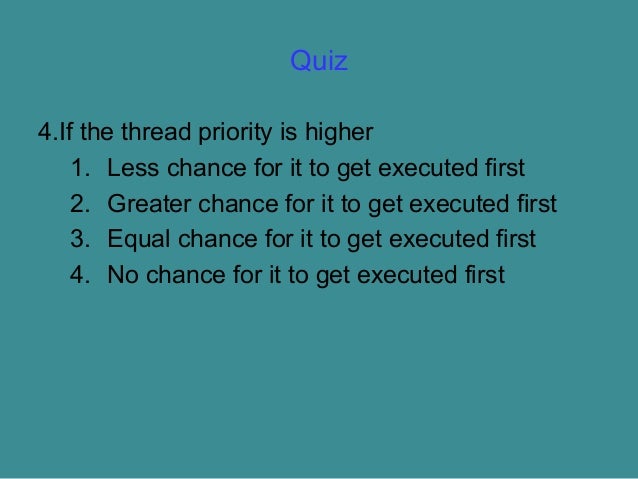
- #RISK OF NOT USING PRINCIPLE OF LEAST PRIVILEGE INSTALL#
- #RISK OF NOT USING PRINCIPLE OF LEAST PRIVILEGE SOFTWARE#
The other type of privileged account are administrator accounts, such as the root user in unix and linux operating systems or the account that manages DNS and DNSSEC which could result in domain hijacking if compromised.
#RISK OF NOT USING PRINCIPLE OF LEAST PRIVILEGE SOFTWARE#
For example, software engineers need access to Github but a salesperson doesn't.
#RISK OF NOT USING PRINCIPLE OF LEAST PRIVILEGE INSTALL#
You also reduce the risk of malware infections like ransomware or computer worms, because the user or their operating system won't have permission to install them.įor example, a service account with the sole purpose of backing up sensitive data (like personally identifiable information (PII), protected health information (PHI) or biometrics) does not need to be able to install software. By strictly limiting who can access critical systems, you reduce the risk of intentional data breaches and unintentional data leaks. The principle of least privilege limits a user account or system functions to the set of privileges essential to perform their intended function. How Does the Principle of Least Privilege Work? And with the cost of a data breach reaching $3.92 million, the principle of least privilege can save your organization from reputational, regulatory and monetary damages. In fact, Forrester Researcher estimates that 80% of data breaches involve privileged credentials. Regardless of how technically competent or trustworthy a user is, the principle of least authority can reduce cybersecurity risk and prevent data breaches.

When applied to processes, applications, systems and devices, it refers to only having permissions required to perform authorized activities. When applied to people, minimal privilege, means enforcing the minimal level of user rights that still allow the user to perform their job function. Privilege refers to the authorization to bypass certain security restraints.


The principle of least privilege (POLP), an important concept of computer security, is the practice of limiting access rights for users, accounts and computing processes to only those needed to do the job at hand.


 0 kommentar(er)
0 kommentar(er)
